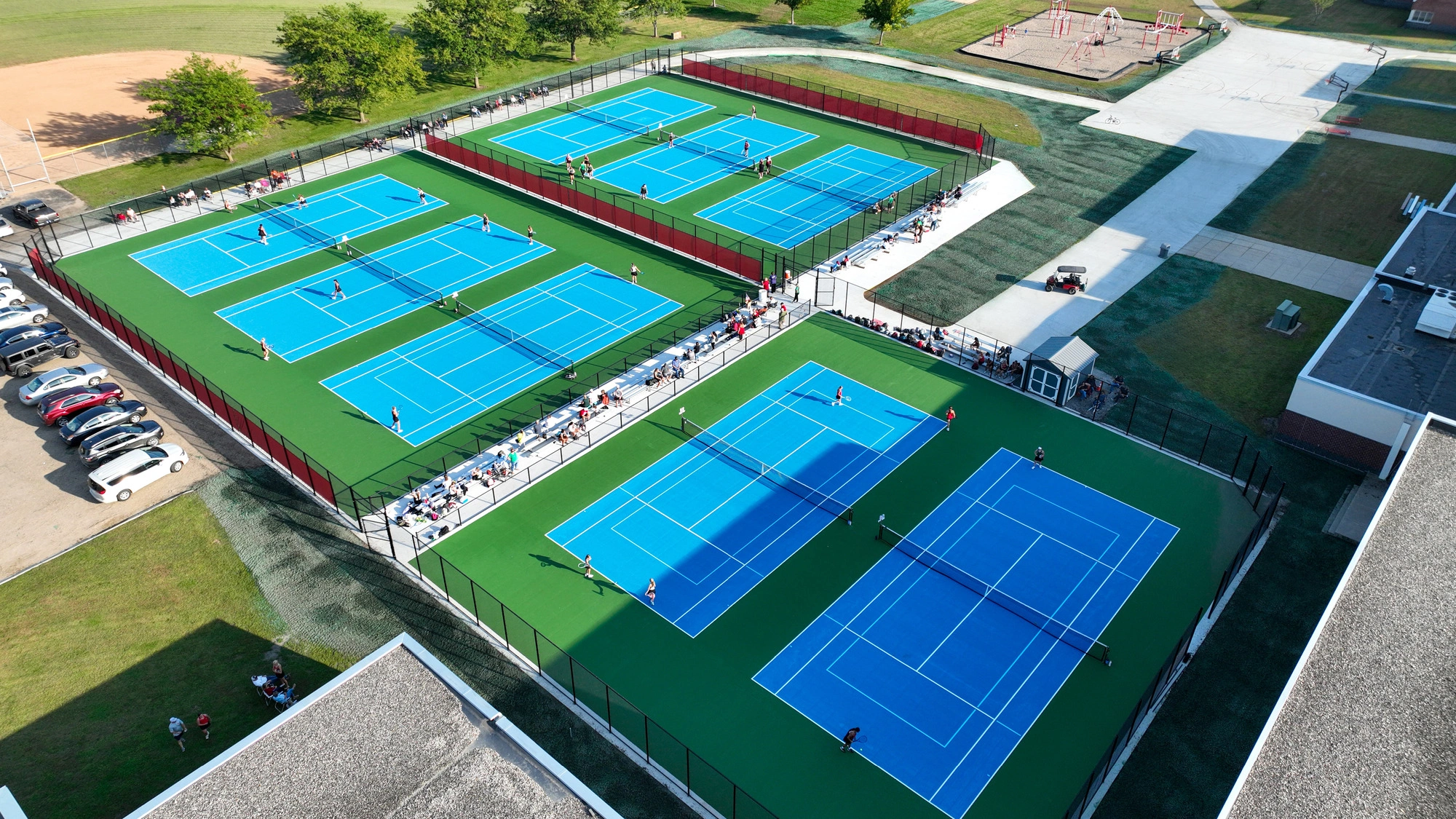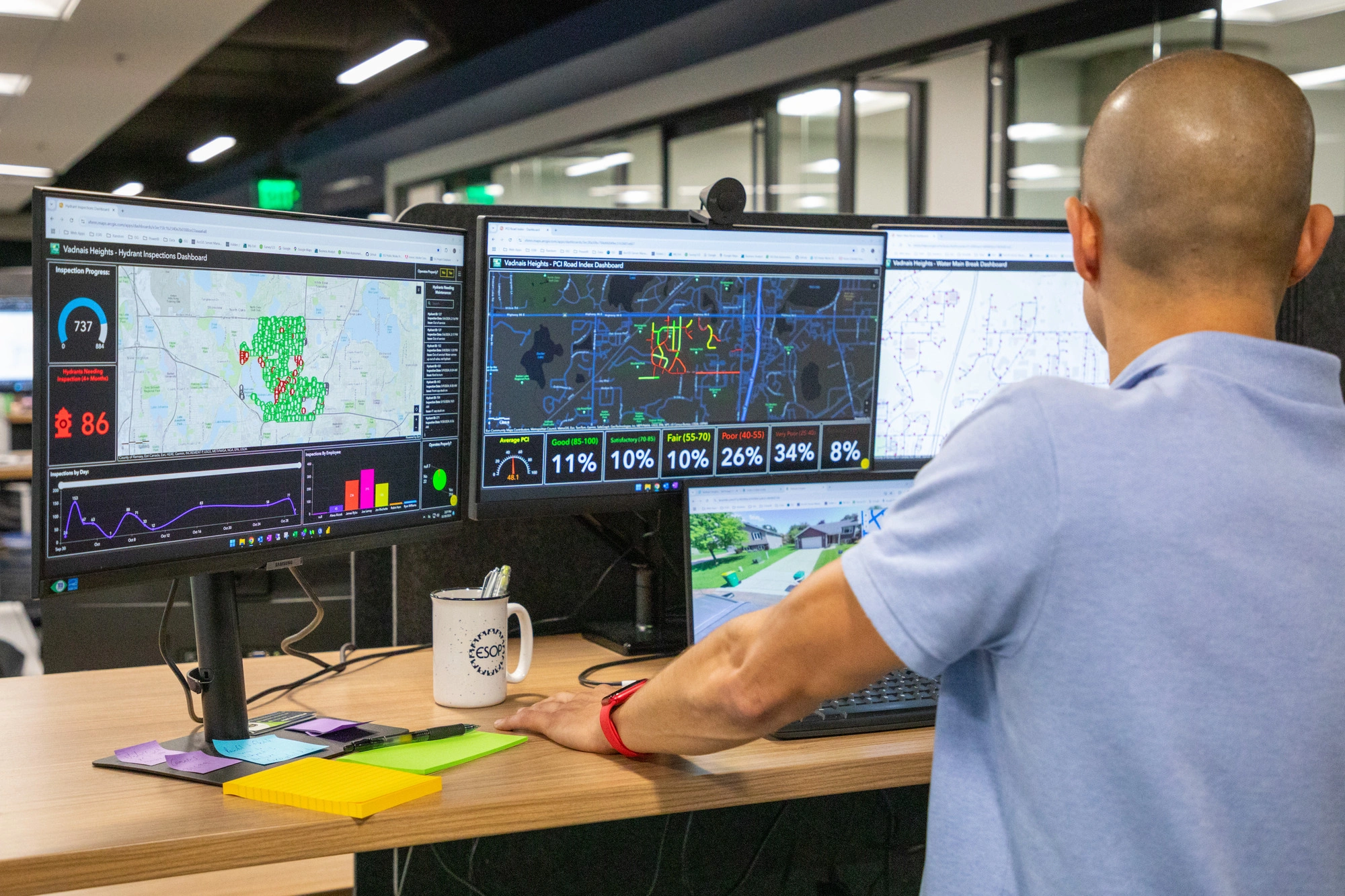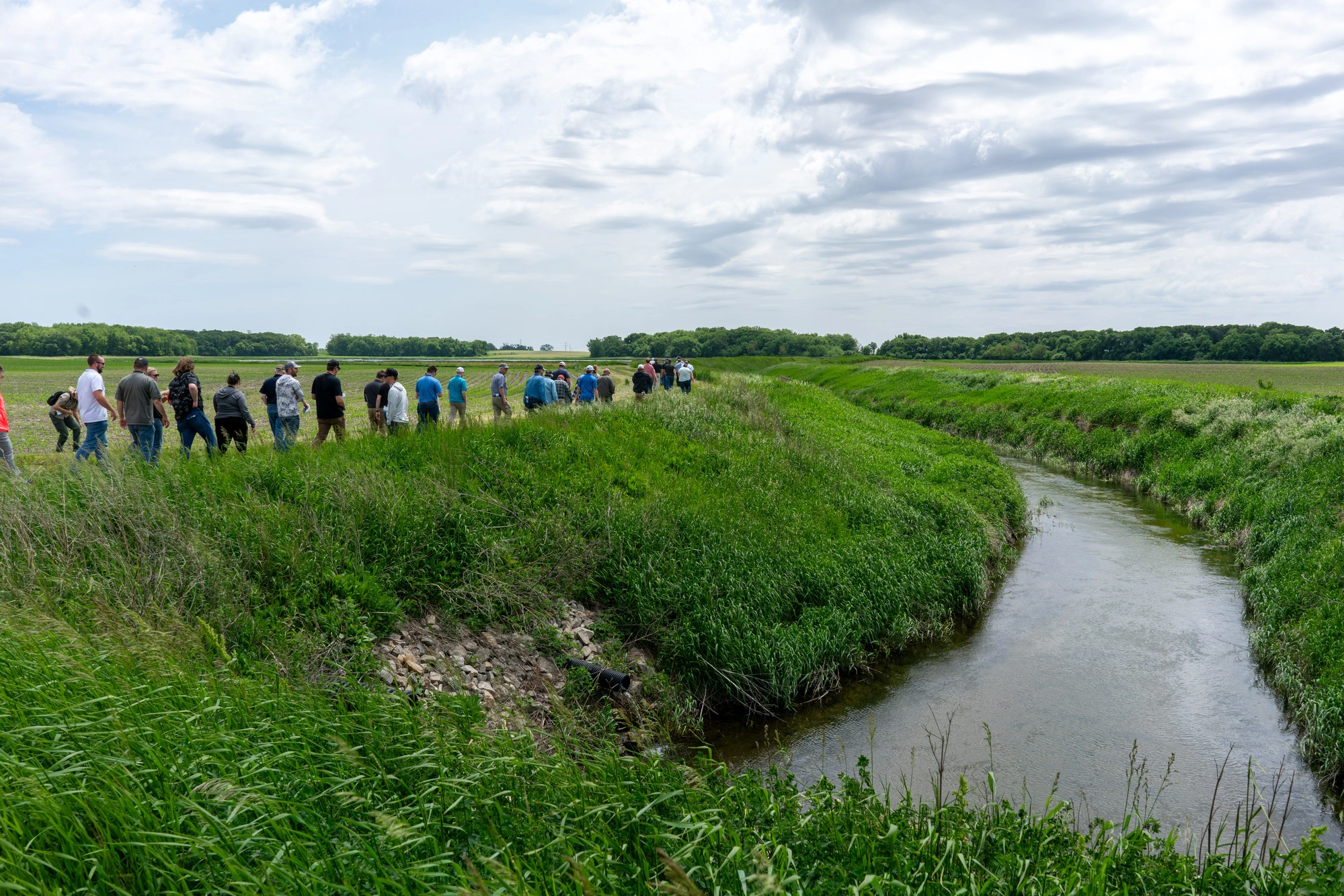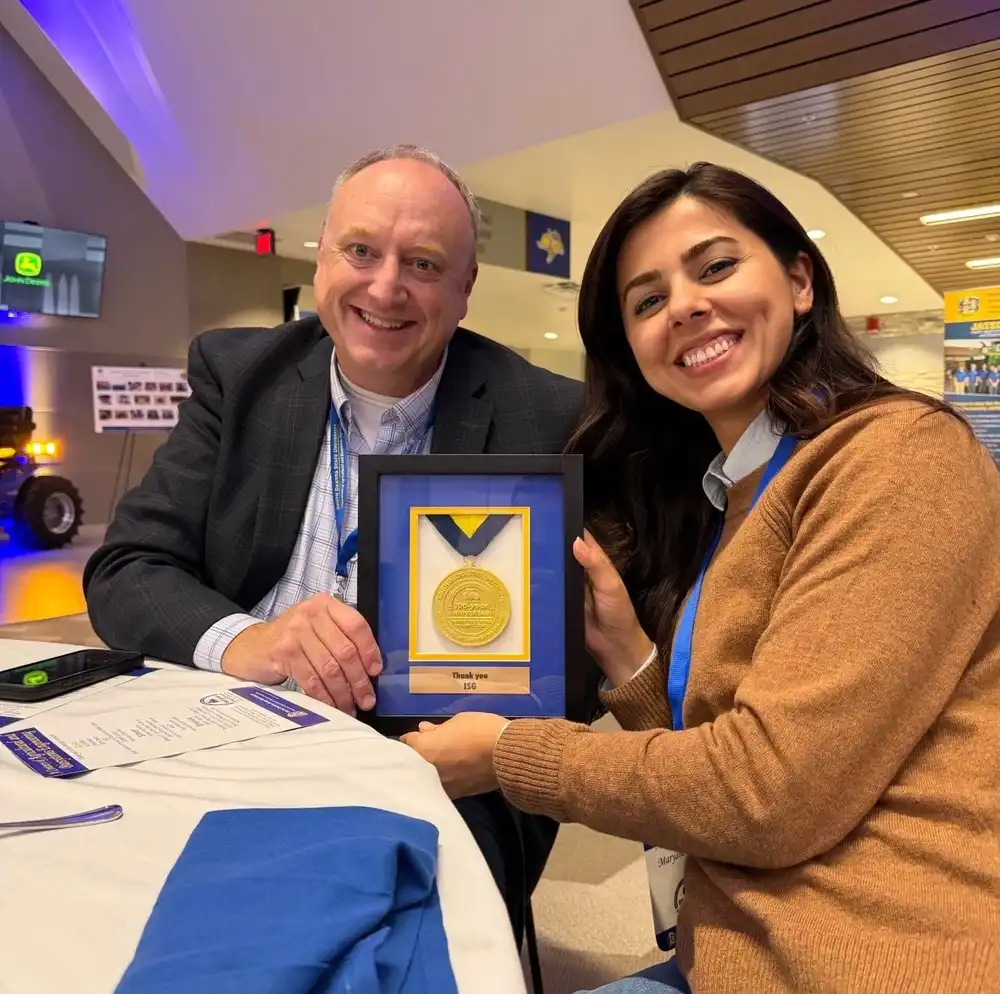Clean Energy Week: Reimagining Our Energy Future
Tonight, sitting at my kitchen table wrapped in a Sherpa lined sweater and listening to the low drone of the furnace beating back the unseasonably cold weather, which is more than 20 degrees colder than average for Central Iowa, I am reading about the wildfires that are ravaging California, Oregon, and Washington. As of this writing, 2020 has already set California forest fire records for both quantity (7,606 blazes) and area burned (2.3 million acres). In stark contrast to the dry conditions in the west, but no less daunting, the Gulf States experienced their own record, with 13 actively named hurricanes by early August. And not to be outdone, the Midwest is still digging itself out (in some cases literally) from the derecho storm that bulldozed its way across parts of South Dakota, Nebraska Iowa, Illinois, Indiana, and Ohio in August. Estimates show over 10 million acres of cropland were damaged in Iowa alone. As we move into Clean Energy Week 2020 under the shadow of these massive weather-related phenomena, it has never been more clear that the time to reimagine our relationship with energy and the sources we get it from, is now.
Inspired Partnerships
ISG has partnered with clients across the full spectrum of the energy market, from electrical generation plants, to interstate pipelines, to biofuel producers, to renewable wind and solar producers. Whether we are assisting with environmental mitigation, project siting, permitting, or design, we have helped each of these partners as they carry the heavy responsibility of building and maintaining a reliable energy network necessary to propel our economy forward. However, of all the energy projects that we have been a part of, there is one that stands out due to the avant-garde nature of the undertaking: Direct Connect Development Company’s SOO Green Renewable Rail project (https://www.soogreenrr.com/).Buried along the Canadian Pacific Railroad right-of-way, the SOO Green Renewable Rail Link is an interstate High Voltage Direct Current (HVDC) electrical transmission line that moves clean, renewable energy from the Iowa plains’ via Midcontinent Independent System Operator (MISO) into the Chicago energy grid via the regional transmission organization, PJM. Previously utilized in Europe, this technology is the first of its kind in America and will help to develop the marketplace for excess energy production to be transmitted to under-sourced regions.
One of the biggest challenges facing renewable producers has been long-range transmission. Since the equipment necessary to transport renewable electricity from Point A to Point B is either inefficient, cost-prohibitive, or otherwise inadequate, much of the renewables produced are necessarily utilized only by those close to the source. Though batteries and storage have made huge improvements, there remains a bottleneck in the system that limits the expansion of service from renewable rich geographies into energy deprived markets.
Iowa is a perfect example. The combination of glacial-tilled flatlands, reliable wind and solar supply, and ample space–think 26.2 million acres of farmland–makes Iowa the 7th leading state for renewable energy production in the US (2nd in wind energy production). That production is due in large part to tremendous investments in wind turbine networks from utility companies like MidAmerican Energy Company and Alliant Energy, along with vital partnerships with Iowa’s agricultural producers.
Making Connections
In fact, MidAmerican Energy’s most recent wind turbine project propelled them to become the nation’s first investor-owned utility company to generate the renewable energy equivalent to 100% of their user’s demand. As of 2008, Iowa has been producing more electricity than it uses, due in part to the limited demand of a relatively small population (31st by state with less than 1% of the national citizenry). Despite the vast energy generating capacity, plus the environmental and economic benefits, the challenge of a renewable energy surplus is getting it to markets where demand is much greater.
Enter the SOO Green Renewable Rail link. This 350-mile underground transmission line is the start of a national HVDC clean energy power grid that is leading the way in opening new opportunities. ISG is proud to have played a supporting role in transforming the vision into a reality. Our pursuit of a stronger energy future continues as we partner with providers and others to improve efficiencies and make meaningful contributions to this evolving industry.Sources
- Hanna, J. and Karimi, F. (2020, September 11). With their homes in ashes, residents share harrowing tales of survival after massive wildfires kill at least 24. Retrieved from https://www.cnn.com/2020/09/11/us/california-oregon-washington-fires-friday/index.html
- Teirstein, Z, (2020, August 25). The 2020 hurricane season is tearing through the alphabet at 'LMNOP' speed. Retrieved from https://grist.org/climate/the-2020-hurricane-season-is-tearing-through-the-alphabet-at-lmnop-speed/
- Fedschun, T. (2020, August 12). Derecho damaged up to 10 million acres of Iowa farmland; corn and soybean crop most impacted. Retrieved from https://www.foxbusiness.com/money/derecho-iowa-crop-land-farmland-midwest-damage-severe-weather-corn-soybean-disaster-10-million
- Unwin, J. (2019, April 15). Top ten US states by wind energy capacity. Retrieved from https://www.power-technology.com/features/us-wind-energy-by-state/
- Independent Statistics & Analysis: U.S. Energy Information Administration/Iowa State Profile and Energy Estimates. (2020, May 21) Retrieved from https://www.eia.gov/state/analysis.php?sid=IA
-



Related Articles

.webp)
ISG Recognized as a 2025–26 Emerging Professional Friendly Firm for the Fourth Consecutive Cycle
ISG has been honored as a 2025–26 Emerging Professional Friendly Firm by AIA chapters in North Dakota, South Dakota, Wisconsin, and Minnesota in recognition of its commitment to fair compensation, licensure support, mentorship, and growth for early-career architects.













